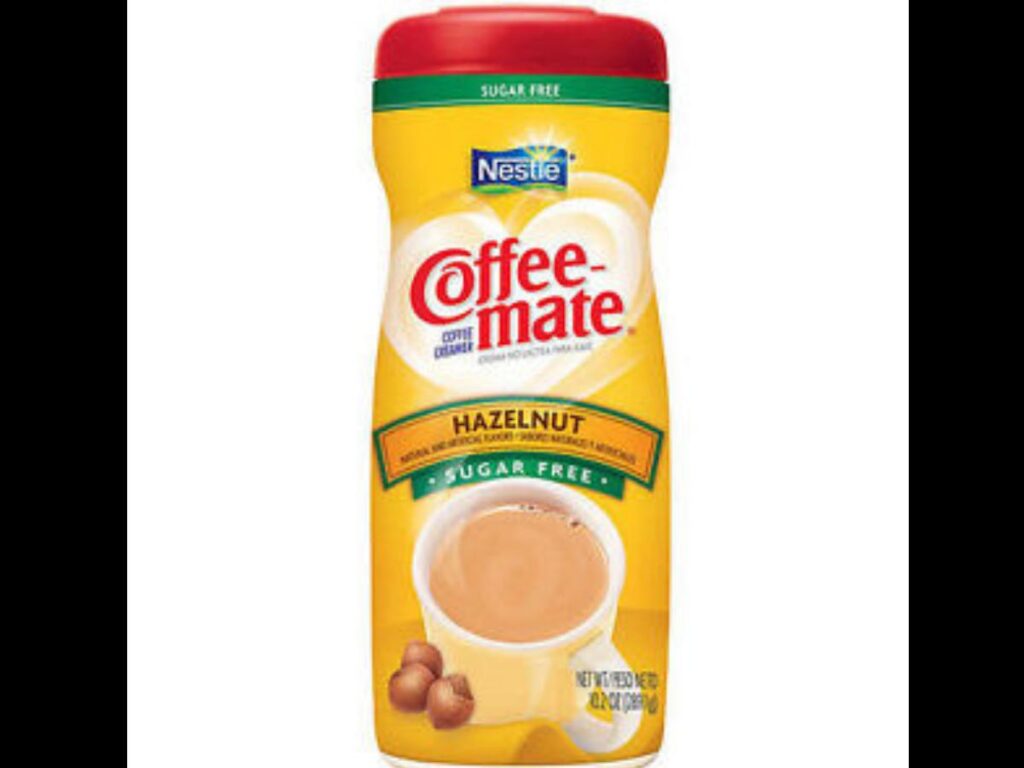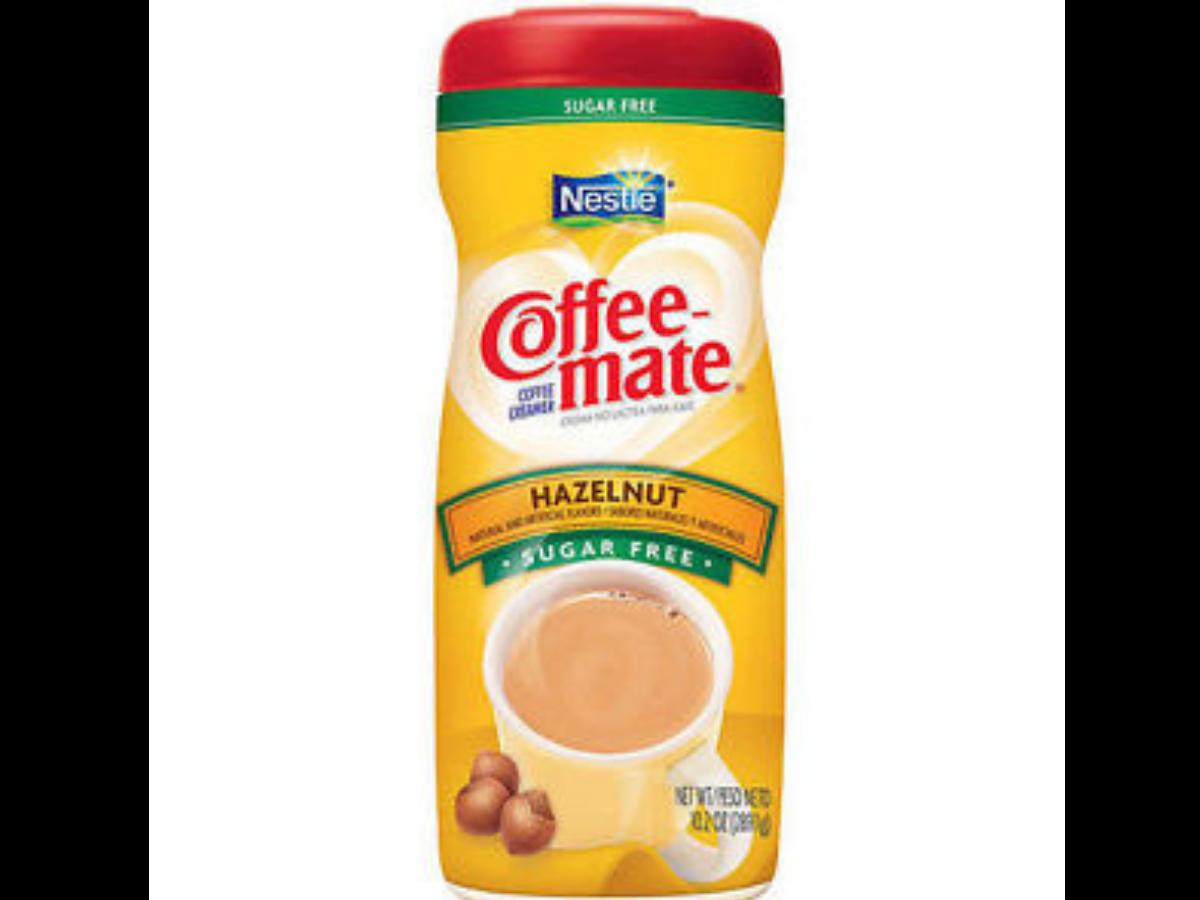
The Sweet Truth: How Much Sugar is in Your Coffee Creamer?
For many, coffee is more than just a morning ritual; it’s a necessity. And for a significant portion of coffee drinkers, the perfect cup isn’t complete without a splash of creamer. But have you ever stopped to consider what’s in that seemingly innocent addition? The answer to “how much sugar is in coffee creamer” is often more complex than you might think, and understanding the sugar content is crucial for making informed dietary choices. This article delves into the sugar content of various coffee creamers, explores the potential health implications, and provides practical advice for managing your sugar intake.
Decoding the Creamer Aisle
The coffee creamer aisle in your local supermarket is a testament to consumer demand. A vast array of options promises to enhance your coffee experience, from classic dairy-based creamers to non-dairy alternatives. However, this variety also means a wide range of sugar content. To truly understand “how much sugar is in coffee creamer,” we need to break down the common types and their typical sugar levels.
Dairy-Based Creamers
Traditional dairy-based creamers, often made with milk and cream, can contain added sugars, although the amount varies by brand. Some brands may add sugar to enhance sweetness and improve texture. Always check the nutrition label, specifically the “Total Sugars” and “Added Sugars” sections, to determine the sugar content per serving. Keep in mind that even creamers with little to no added sugar can still contain naturally occurring sugars, primarily lactose, from the milk.
Non-Dairy Creamers
The non-dairy creamer market has exploded in recent years, catering to those with lactose intolerance, vegan preferences, or simply a desire for different flavor profiles. These creamers are typically made from plant-based ingredients like soy, almond, oat, or coconut milk. Unfortunately, the sugar content in non-dairy creamers can be surprisingly high. Many manufacturers add sugar to improve taste and texture, especially when using ingredients that are naturally less sweet. Again, the nutrition label is your best friend when assessing “how much sugar is in coffee creamer” of this type. Be particularly mindful of flavored non-dairy creamers, as these often contain significantly more added sugar than their unflavored counterparts.
Flavored Creamers: A Sugar Trap?
Flavored creamers, from French vanilla to caramel, are a popular choice for adding a touch of sweetness and complexity to your coffee. However, these often come with a hefty dose of added sugar. The flavoring process typically involves the addition of syrups and other sweeteners, significantly increasing the sugar content per serving. If you’re trying to limit your sugar intake, flavored creamers should be approached with caution. Consider using a small amount or exploring sugar-free flavored options.
Sugar Content: A Closer Look
So, how much sugar is in coffee creamer, exactly? The answer, as we’ve established, varies widely. Here’s a general overview:
- Unflavored Dairy Creamers: May contain 0-2 grams of added sugar per serving.
- Flavored Dairy Creamers: Can contain 5-10 grams or more of added sugar per serving.
- Unflavored Non-Dairy Creamers: May contain 0-5 grams of added sugar per serving.
- Flavored Non-Dairy Creamers: Often contain 5-12 grams or more of added sugar per serving.
These are just averages, and the actual sugar content can vary significantly between brands and specific products. Always read the nutrition label carefully to get an accurate understanding of “how much sugar is in coffee creamer” you are using.
The Health Implications of Excess Sugar
Consuming excessive amounts of added sugar can have a range of negative health consequences. Understanding these implications is crucial when evaluating “how much sugar is in coffee creamer” you consume regularly.
Weight Gain and Obesity
Excess sugar intake contributes to weight gain and increases the risk of obesity. Sugar provides empty calories, meaning it offers little nutritional value while contributing to a calorie surplus. This excess energy is often stored as fat.
Increased Risk of Type 2 Diabetes
High sugar consumption can lead to insulin resistance, a precursor to type 2 diabetes. When the body becomes resistant to insulin, it struggles to regulate blood sugar levels effectively, increasing the risk of this serious health condition.
Heart Disease
Studies have linked high sugar intake to an increased risk of heart disease. Excess sugar can contribute to elevated triglyceride levels, high blood pressure, and other factors that increase the risk of cardiovascular problems.
Dental Problems
Sugar is a primary food source for bacteria in the mouth. Excessive sugar consumption can lead to tooth decay and other dental problems.
Making Informed Choices: Managing Your Creamer Sugar Intake
Knowing “how much sugar is in coffee creamer” is the first step toward making healthier choices. Here are some practical tips for managing your sugar intake:
Read the Nutrition Label
This is the most important step. Carefully examine the nutrition label, paying close attention to the “Total Sugars” and “Added Sugars” sections. Compare different brands and products to find options with lower sugar content.
Choose Unflavored Options
Opt for unflavored creamers whenever possible. You can always add your own sweeteners in moderation, giving you more control over the sugar content.
Use Smaller Portions
If you enjoy flavored creamers, use smaller portions. Even a small amount can add flavor without significantly increasing your sugar intake.
Explore Sugar-Free Alternatives
Many brands offer sugar-free creamers that use artificial sweeteners or natural sugar substitutes. These can be a good option for reducing sugar intake, but be mindful of potential side effects or sensitivities to these sweeteners. Also, understand “how much sugar is in coffee creamer” of the sugar-free variety. Some may still have a small amount of sugar or alternative sweeteners.
Consider Alternative Sweeteners
If you prefer a sweeter coffee, explore alternative sweeteners like stevia, erythritol, or monk fruit. These sweeteners have little to no impact on blood sugar levels.
Make Your Own Creamer
For ultimate control, consider making your own creamer at home. You can easily blend milk (dairy or non-dairy), a touch of sweetener (if desired), and flavorings like vanilla extract or cocoa powder.
Beyond the Label: Hidden Sugars and Context
While the nutrition label provides valuable information about “how much sugar is in coffee creamer”, it’s important to consider the broader context of your diet. Even if you choose a low-sugar creamer, it’s crucial to be mindful of added sugars from other sources throughout the day, such as sugary drinks, processed foods, and desserts. The cumulative effect of sugar intake can have a significant impact on your health.
The Bottom Line: A Balanced Approach
Understanding “how much sugar is in coffee creamer” is essential for making informed choices that support your health and well-being. By carefully reading nutrition labels, making conscious choices, and being mindful of your overall sugar intake, you can enjoy your coffee ritual without compromising your health goals. The key is to find a balance that allows you to savor your coffee while minimizing the negative impacts of excess sugar.
[See also: The Health Benefits of Black Coffee]
[See also: Best Coffee Makers for the Health-Conscious Consumer]
[See also: The Impact of Caffeine on Blood Sugar]
Ultimately, the best approach is a personalized one. Consider your individual health needs, preferences, and dietary goals when making decisions about your coffee creamer. By staying informed and making mindful choices, you can enjoy your coffee without sacrificing your health.


